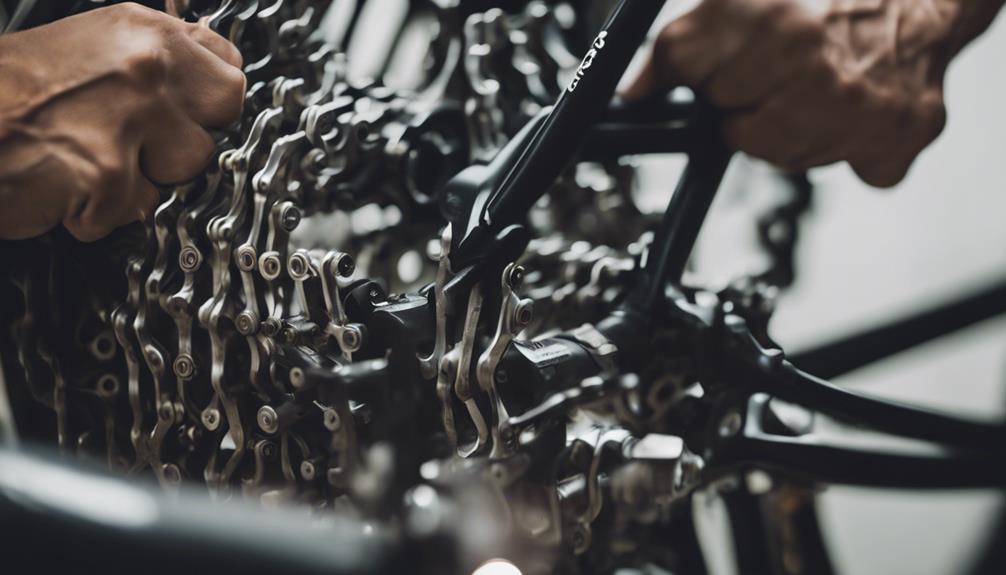When it comes to cycling, one of the most crucial aspects of maintenance is looking after your bicycle tires. Proper tire maintenance not only enhances your riding experience but also ensures your safety on the road. In this comprehensive guide, we’ll cover the fundamentals of bicycle tire maintenance, including how to check tire pressure, inspect for damage, and replace tires when necessary. Whether you’re a seasoned cyclist or a casual rider, understanding bicycle tire care can make a significant difference in your cycling adventures.
Understanding the Importance of Bicycle Tire Maintenance
Bicycle tires are the only part of the bike that comes into contact with the ground, making them essential for traction, stability, and overall ride quality. Regular bicycle tire maintenance is vital for several reasons. First, it prolongs the life of your tires, which can be a significant investment. Second, well-maintained tires improve your bike’s performance and ensure a safer ride. Lastly, understanding how to care for your tires can save you money in the long run by preventing premature wear and tear.
Checking Tire Pressure: A Key Component of Maintenance
One of the most important aspects of bicycle tire maintenance is regularly checking and maintaining the correct tire pressure. Each bicycle tire has a recommended pressure range, usually indicated on the sidewall. Under-inflated tires can lead to poor handling and increased rolling resistance, while over-inflated tires can lead to a harsher ride and a higher risk of punctures. To check your tire pressure, you’ll need a reliable pressure gauge. Simply remove the valve cap, press the gauge onto the valve stem, and read the pressure. Aim to keep your tires within the manufacturer’s recommended range for optimal performance.
Inspecting Your Tires for Damage
Regular inspections of your bicycle tires are essential for identifying potential issues before they become serious problems. Look for signs of wear, such as cracks, bulges, or embedded debris. Pay close attention to the tread pattern; worn-out tires can significantly affect your grip on wet or uneven surfaces. Additionally, check the sidewalls for any cuts or punctures that could lead to a flat tire. If you notice any significant damage, it’s best to replace the tire before your next ride to ensure your safety.
Understanding Tire Types and Their Maintenance Needs
Different types of bicycles come with various tire types, each requiring specific maintenance. For instance, road bike tires are generally thinner and require higher pressure, while mountain bike tires are wider and have deeper treads for traction on rough terrains. Commuter bikes often have hybrid tires that balance durability and speed. Understanding the type of tire you have is crucial for effective maintenance. Always refer to the manufacturer’s guidelines for specific maintenance tips tailored to your tire type.
How to Properly Clean Your Bicycle Tires
Cleaning your bicycle tires is an often-overlooked aspect of maintenance, but it plays a vital role in their longevity and performance. Dirt and debris can accumulate on your tires and affect their grip and performance. To clean your tires, use a soft brush or a cloth and some mild soap mixed with water. Avoid using harsh chemicals that can degrade the rubber. After cleaning, rinse thoroughly and dry with a clean cloth. This simple routine can help maintain tire health and prevent unexpected punctures.
When to Replace Your Bicycle Tires
Knowing when to replace your bicycle tires is crucial for safe riding. As a general rule, tires should be replaced every 2,000 to 3,000 miles, but this can vary based on the type of tire, riding conditions, and maintenance practices. Signs that it may be time for a replacement include visible wear on the tread, sidewall cracks, or frequent flats. If you’re unsure, consult a professional at your local bike shop for a thorough inspection and recommendations for tire replacement.
Tips for Storing Your Bicycle Tires
Proper storage of your bicycle tires can also influence their lifespan and performance. If you’re storing your bicycle for an extended period, make sure to inflate the tires to the recommended pressure to prevent flat spots. Keep your bike in a cool, dry place away from direct sunlight, which can degrade the rubber over time. If possible, store your bike upright or hang it to prevent unnecessary pressure on the tires. These simple storage tips can help keep your tires in good condition for your next ride.
Conclusion: Prioritize Bicycle Tire Maintenance for a Better Ride
Bicycle tire maintenance is an essential aspect of cycling that should never be overlooked. From checking tire pressure to inspecting for damage and understanding when to replace tires, each step contributes to a safer, smoother ride. By incorporating these maintenance practices into your routine, you’ll not only extend the life of your tires but also enhance your overall cycling experience. So, take the time to care for your bicycle tires, and enjoy every ride to its fullest potential!
